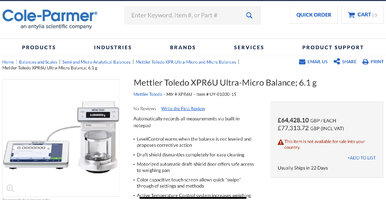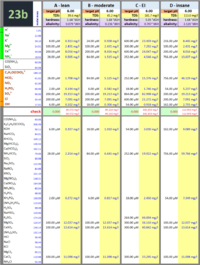Wookii
Member
The substrate is matured. I believe it's better this way. Newly established tanks suffer from algae quite regularly. Who can tell, then, what is the result of using ammonium?
True - I think we could argue it either way. If we hypothesise that algal blooms might result from instability in the system, of which the sudden presence of ammonium could be a trigger, to isolate the possibility of ammonium being the trigger, we want to maximise the impact of that instability which an immature substrate will aid.
By comparison, if your substrates are fully matured, and further inhabited by nitrifying organisms who are used to operating in higher than typical levels of ammonium due to that being your typical ammonia dosing regime (I believe it has been shown that the typical microbial population differs depending on the prevailing levels of ammonia) - the result could be a fair bit different compared to someone who's matured substrate isn't typically exposed to measurable levels of ammonia, and then sees a sudden spike in ammonia levels.
My point being your mature substrate's higher levels of ammonia processing microbes will have a greater ability to deal with the higher ammonia levels and help maintain tank stability. Whether that is enough to edge out algaes competitive advantage remains to be seen, but it is a variable that could skew the final result and would be removed with a fresh substrate. Perhaps worth considering for a future experiment if not this time.
It is part of the reason why I asked if you could measure ammonia (and nitrate) levels just before each waster change, as it may provide some insight into the substrates contribution to handling the relative ammonia loads.
Last edited:




